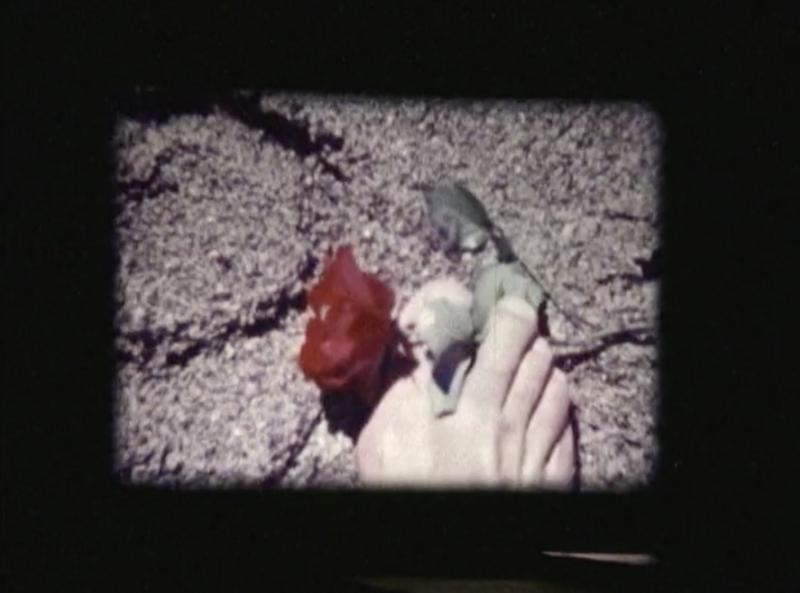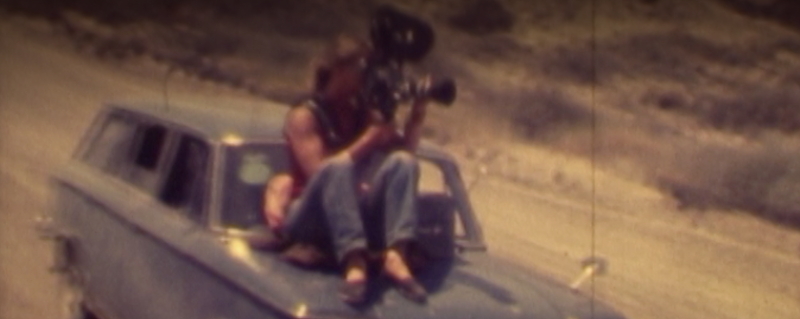
In her works she exposes central themes such as love, birth and death, or questions about the feminine condition, recreated through a particularly intimate language of images, with a marked visual and sound poetry. To date she has made more than 30 films in super 8, 16 mm and video.
Since the ’60s, Narcisa Hirsch has given as much importance to experimental cinema as to everything related to it (film archives, sound archives, books, photographs, etc.). Thanks to this visionary spirit, she has gathered, over the years, an impressive archive that includes a collection of national and international films, film material, sound, photographs, among others.”
– https://filmotecanarcisahirsch.com.ar/

Interview with Narcisa Hirsch by Lynne Sachs
August, 2008, Buenos Aires
In August of 2008, I was living in Buenos Aires with my family. I was able to meet and spend quite a bit of time with artist filmmaker Narcisa Hirsch.
In this conversation, we talk about so many things including: her belief that painting on an easel had died, “Happenings”, her collaborative Marabunta (1967) feminist performance, her discovery of 16mm, watching Michael Snow’s “Wavelength”, creating “Taller” a response to Snow’s ideas, a 16mm visualization of Steve Reich’s “Come Out”, her friend and collaborator Marie Louise Alleman, “Fuses” by Carolee Schneemann which was her first film purchase, making films in the troubled 1970s in Argentina, owning films by Su Friedrich and Stan Brakhage, rejecting making feature films with a script, filming daily life, her being world famous for 50 people, remembering Laura and Albert Honig (Argentine experimental filmmakers), support from the Goethe Institute, making “radical” work that did not threaten the government, “I didn’t go to jail because they didn’t want me,” giving away 500 little dolls on the street and saying “you have a baby” in NYC, London and Buenos Aires. All of these Happenings were filmed and each was very different, she was doing this during the same time that Cesar Chavez was encouraging people to boycott lettuce. She defines what a “happening” is including public participation and very much not a conventional gallery show, art was no longer “re-presentation” but now is a situation, not isolated from the public but including the public. They talk about Ramundo Glazer who was one of the Argentine disappeared.
Then we watch her film response to Steve Reich’s “Come Out”, film diary footage from summer 1973, close ups of leaves and water, her feet, a fly, her shadow in the sand as she carries her film camera, cherries on skin, a fly, a mouth luxuriating at the taste of fruit, a baby on the grass., a breast and a belly in the sunlight, a fly.
with Paula Felix Didier, Ruben Guzman, and Maya and Noa Street-Sachs
